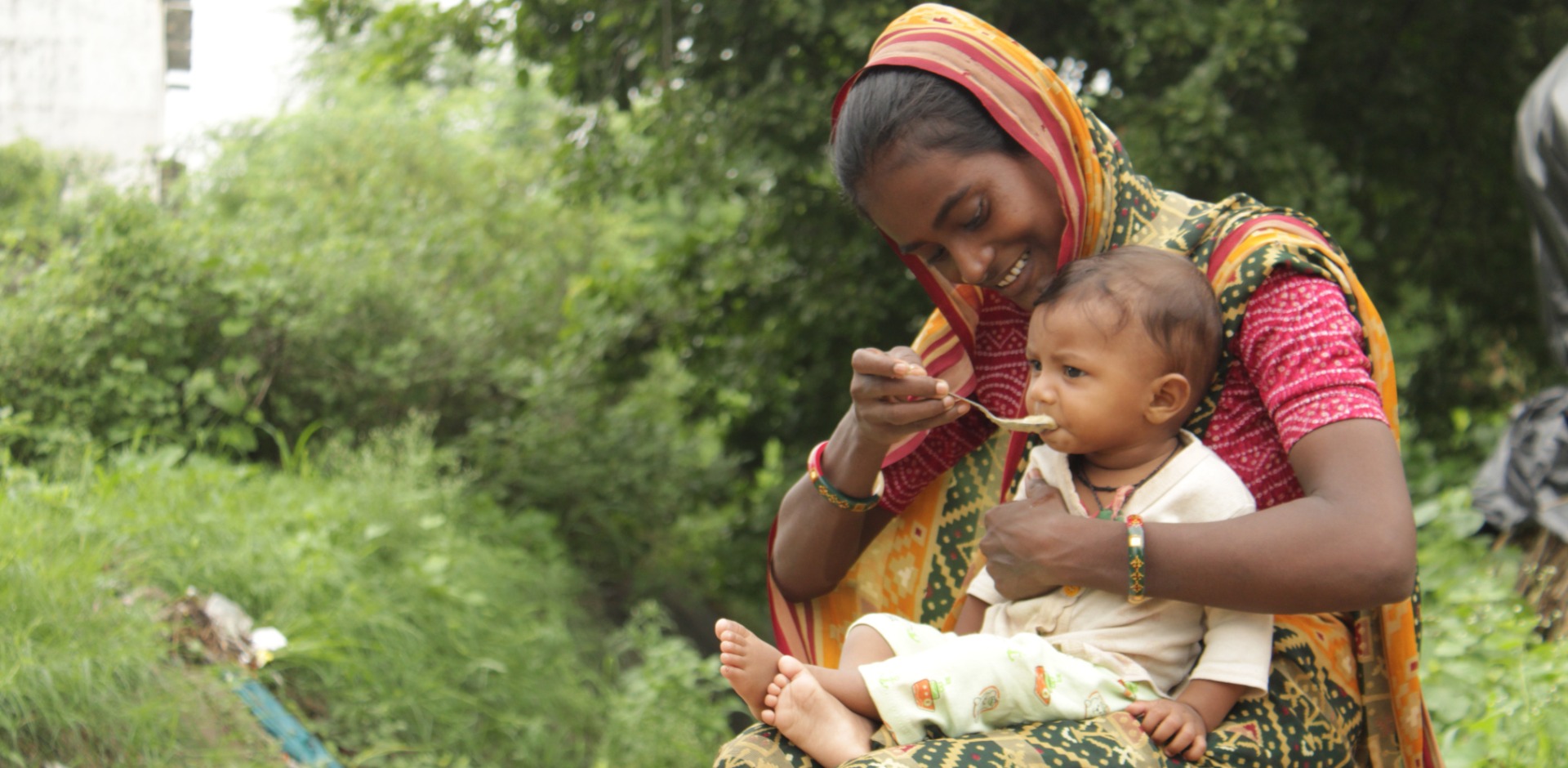
This Holiday Season, Give the Gift of Hope
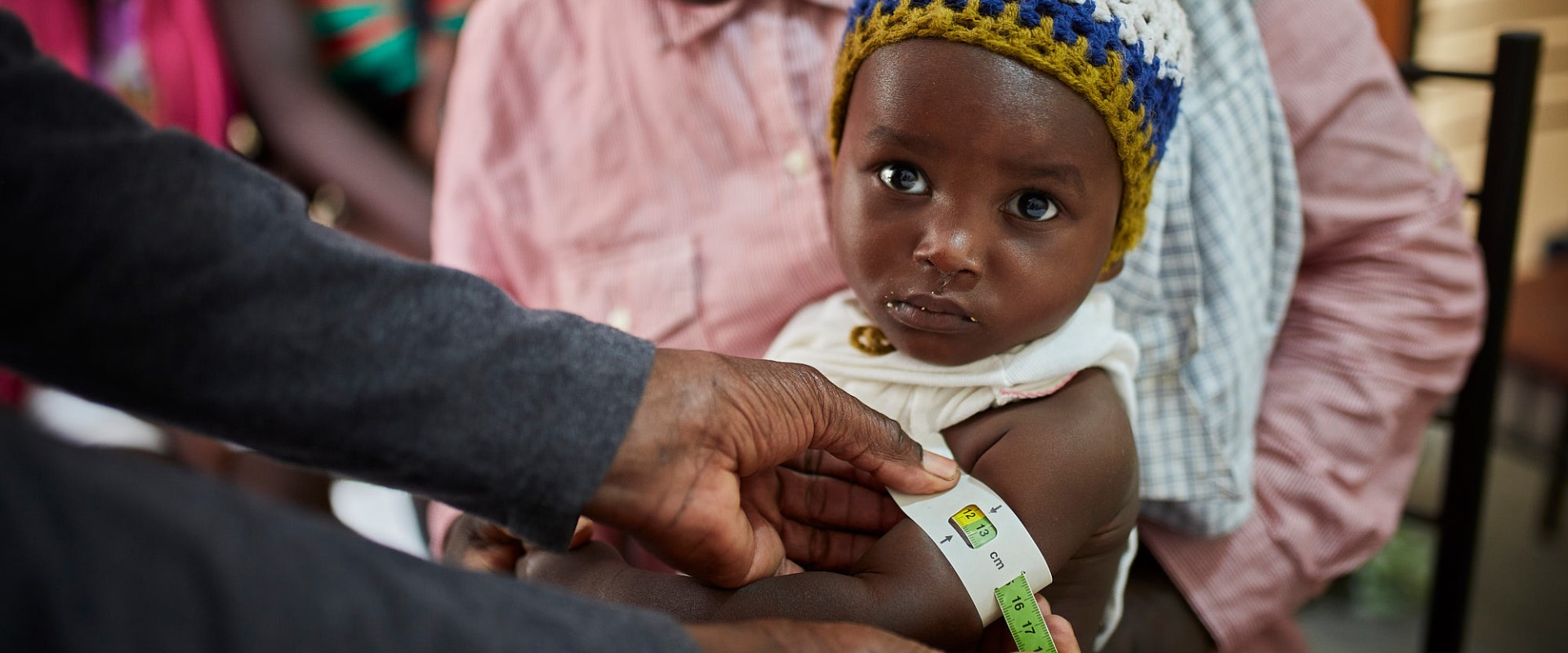
We’ve all seen the toll that pandemics have on vulnerable communities. Three years after COVID-19 devastated the world, we’re still grappling with its aftershocks. Minority populations have suffered—including people with disabilities, those facing poverty, and the elderly.
Now, as we brace ourselves for future outbreaks, we can’t forget about those most susceptible to deadly diseases: young children.
In Haiti, children account for 40% of cholera cases. Ten-year-olds are bed-ridden from severe cases of diarrhea and critical dehydration. Second graders are hospitalized after drinking unclean water. Even newborn babies are gravely ill. Only three years after the country saw its last case of cholera, the disease has returned, wiping out dozens of people in its path. To date, more than13,000 people are suspected to have contracted the disease, and more than 180 have lost their lives. The children of Haiti—especially those with severe hunger—are dying.
Cholera has reemerged in Haiti at the worst possible moment. Haitians face a volatile political crisis and an unparalleled security risk; in Port-au-Prince, the capital city, gangs have seized control and cut off access to lifesaving resources, such as fuel, food, and medicine. They’ve attacked and assaulted citizens, kidnapped children, and cut off roads.
Some people managed to flee the city, but that does not mean they are safe from harm. Instead, they’re met with more crises in rural areas—the lack of clean water and food.
A recent IPC analysis found that 4.7 million Haitians are experiencing high levels of acute food insecurity, and 19,000 are facing famine conditions. Children throughout the country are severely malnourished. Their bodies are weak and underfed. Cholera, which often manifests as diarrhea, vomiting, and dehydration, exacerbates their condition and drains what’s left of their strength. Haiti’s poorest communities—where 90% of the cases are found—continue to take the hardest hits.

Haitians are not the only ones facing a cholera crisis. Climate change has driven the disease to spread worldwide. Recent outbreaks have also been reported in Lebanon and Syria, and in countries like Pakistan, cholera is common. Cholera bacteria thrive in warm water sources, and the globally rising temperatures have created a perfect environment for the disease to grow.
The Country Director for Action Against Hunger in Haiti, is urgently mobilizing our teams to respond to the crisis. With their eyes on the horizon, they know that they must deploy resources before it’s too late. They spoke with us about the outbreak—and how it could all get much worse.
The conversation has been edited for clarity and length.

Why is cholera spreading so rapidly in Haiti right now?
CD: Lack of sanitation is perhaps the biggest concern. Most Haitians have no access to clean latrines or handwashing stations — or any at all. There is not a lot of available information on how to prevent cholera. And without clean water or soap, even those that know how to prevent cholera are ultimately unable to.
Due to this lack of access, many people have resorted to defecating in the open, often near unprotected water sources, which can contaminate water for everyone. It’s put thousands at risk, especially health workers. Treating cholera is difficult, and it is even harder when response teams have no access to decontaminated latrines, clean water, or handwashing stations.
How has Haiti’s security risk exacerbated the cholera outbreak?
CD: Security problems throughout the country—and especially in Port-au-Prince—have made it nearly impossible for teams to distribute essential sanitation or water purification supplies and to reach hard-hit communities.
This is a huge obstacle. We need resources in order to confront this crisis. Without medicine, potable water, handwashing stations, decontamination tools, and latrines, the outbreak will only grow. The ongoing conflict has made it nearly impossible to provide this assistance.
How do communities react to cholera outbreaks?
CD: Misinformation about cholera is common and can have deadly consequences. Unfortunately, those infected with cholera often face a huge stigma. They are stereotyped as dirty and ostracized in the community. This has made it harder to comprehensively treat the outbreak.
We must reinforce the belief that everyone can be a victim of cholera—especially children. They are the most affected by the situation, especially since many are severely malnourished already. Their immune systems are compromised and therefore cannot handle cholera’s dangerous symptoms. Therefore, hundreds are already dying.
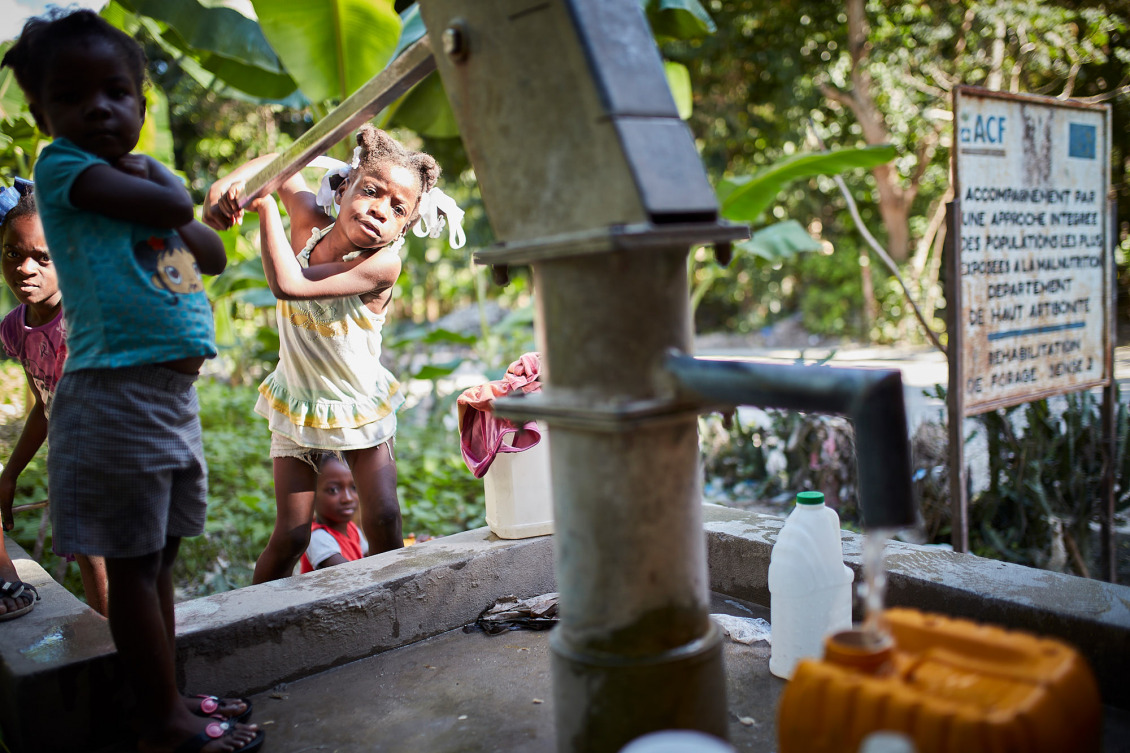
How is Action Against Hunger responding to the outbreak?
CD: Action Against Hunger has a long history of leading the fight against cholera in Haiti, but this outbreak is more challenging than the last due to the political and security crises. Our response is three-pronged. We’re prioritizing sanitization, prevention, and treatment.
Sanitization entails educating communities about the importance of proper hygiene protocol. But education isn’t enough—we must also ensure access to essential supplies, such as latrines. So far, we’ve built 20 handwashing stations and are planning for more.
Our team is preventing the spread of cholera through water purification. Cholera often spreads through contaminated water sources, such as rivers. We are using water purification tabs to provide communities with potable water.
We’re also treating infected individuals in health centers, using oral rehydration pills and stabilization techniques. Nevertheless, these health centers are in urgent need of emergency tools, medicine, and beds.
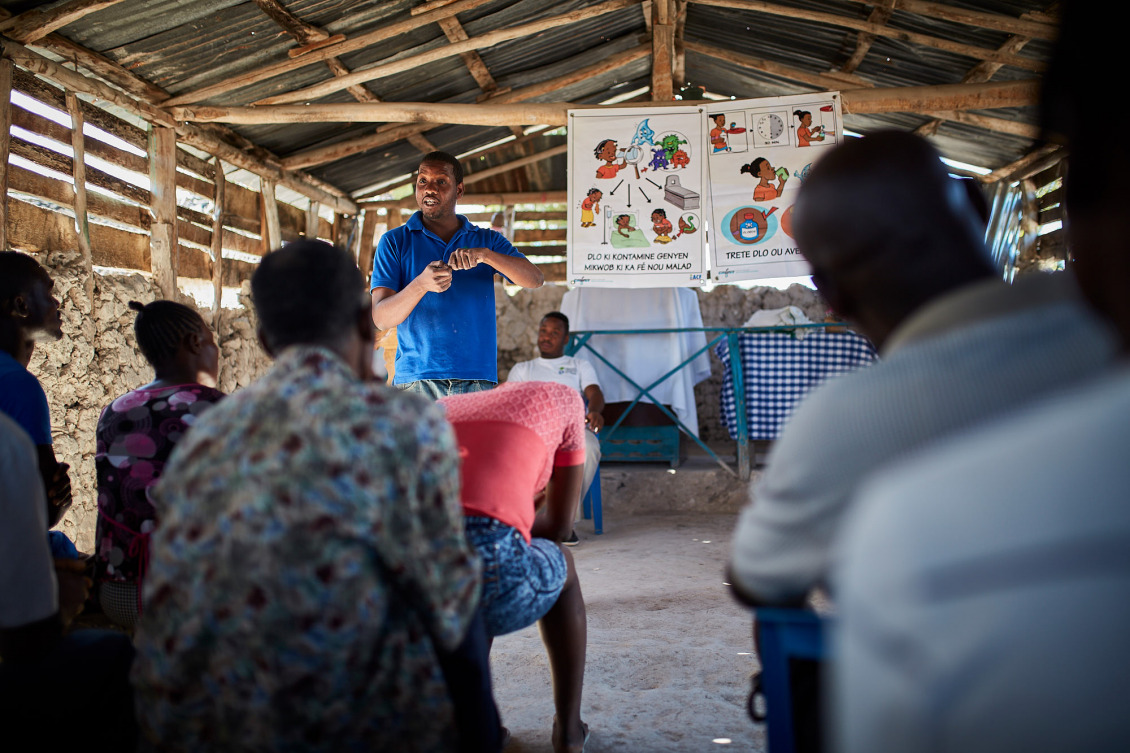
What will the crisis look like in the next few months?
CD: It’s impossible to know just how dire the situation will become, but we know that the disease is spreading quickly. Children are at risk every second of every day.
We’ve hired eight emergency response teams and are training them to mobilize in the field. We’ve distributed essential supplies to 3,000 families. We’ve disseminated educational messages to countless Haitians. Every day, our teams focus on intervening proactively and demonstrating proper hygiene protocol in all communities where we work.
But it’s not enough. We still have a long way to go before Haiti’s children are safe from harm. Cholera is a disease of poverty – it only happens where there are extremely limited resources and infrastructure. Together, for Haiti’s children and its future, we must continue to fight for equality, to improve systems, and to build resilience against this crisis and the ones to come.
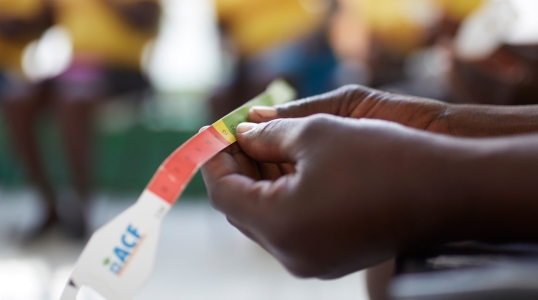

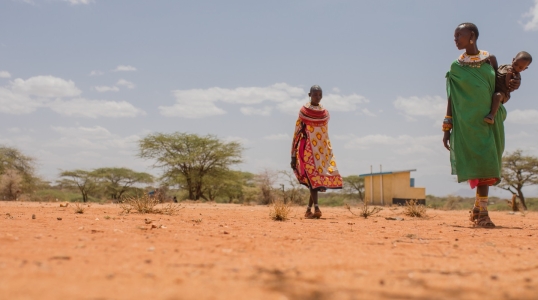
Join our community of supporters passionate about ending world hunger.